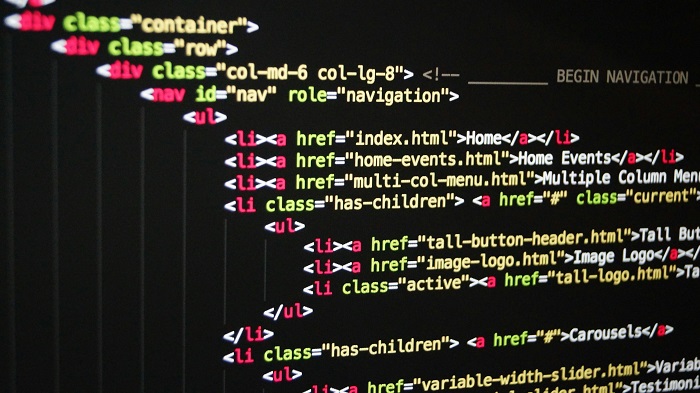Lately, it seems every new commercial drone application or innovation involves artificial intelligence (AI)—and that’s not surprising. As discussed in the recent Commercial UAV News report, 7 Drone Industry Trends for 2024, “the prospect of using robotics and related systems in place of human intelligence to perform tasks and solve problems is seen by many as key to increasing efficiency, enhancing safety, and delivering exceptional return on investment in a broad range of commercial operations.”
Moreover, in a presentation at the 2023 Commercial UAV Expo, Brendan Groves, Vice President of Regulatory & Policy Affairs at Skydio, stated that “AI is for drones what Windows was for computers.” In the past year alone, Groves said, AI adoption has increased dramatically in the uncrewed world as more companies come to see how these systems can take over “mundane, dull work” previously done by humans.
In this article, Commercial UAV News looks at some new ways companies and organizations in fields such as public safety, transportation management, and wildlife management are adding AI to their drone operations.
Fighting wildfires in California
A report in the Davis Enterprise detailed how Cal Fire is “tapping into all the new technology — such as drones, military satellites, infrared images and AI-assisted maps” to battle the many wildfires that have devasted California in recent years. According to the story, AI has been added to the toolbox of fire behavior analysts who track the paths and behaviors of wildfires. Researchers, the article stated, are “developing systems to train a computer to review reams of data and come to a predictive conclusion” and produce useful data rapidly.
By incorporating AI into other sources, such as NOAA satellite data, radar, airplane and drone surveillance, and computer-generated maps, Cal Fire professionals can gain a better understanding of the real-time situation and the potential threats posed by these fires.
Managing drone traffic
According to some studies, there could be as many as 1 million commercial uncrewed aircraft systems in the US by 2027. To address potential air traffic management issues posed by this rapid increase in drones in the national airspace, a team of researchers from Johns Hopkins University is using “artificial intelligence to model a system that could more safely orchestrate drone traffic by replacing some human-in-the-loop processes with autonomous decision-making.” To do this, they are evaluating “the impact of autonomous algorithms in a simulated 3D airspace.”
Going forward, they are aiming to investigate ways AI systems can address risk factors such as the proximity of drones to obstacles, adherence to planned flight routes, the impact of “rogue” drones, weather, and more.
Addressing environmental threats
Intel is using drones and AI to help employees and volunteers in the McDowell Sonoran detect and address environmental threats in a 30,000-acre wilderness desert preserve in Scottsdale, Arizona. For the operation, drones fly over the desert floor to find and eliminate buffelgrass, an “invasive plant species that causes wildfires and chokes and kills nearby native plants.” An AI algorithm, developed by engineers at Intel, can find the buffelgrass plants by detecting “their color, distribution, shape and density.”
In the past, it could take years for Conversancy staff to locate, document, and address the environmental threats posed to the reserve. Using uncrewed aerial system and AI technology, it now takes mere hours.
Watch Commercial UAV News—and subscribe to our newsletter—for more updates on how AI is being integrated into commercial drone operations.















Comments